Joshua D. Koenig, PhD, Former Chair of the Kalamazoo Historic Preservation Commission, Public Historian, History Professor, Worcester, MA
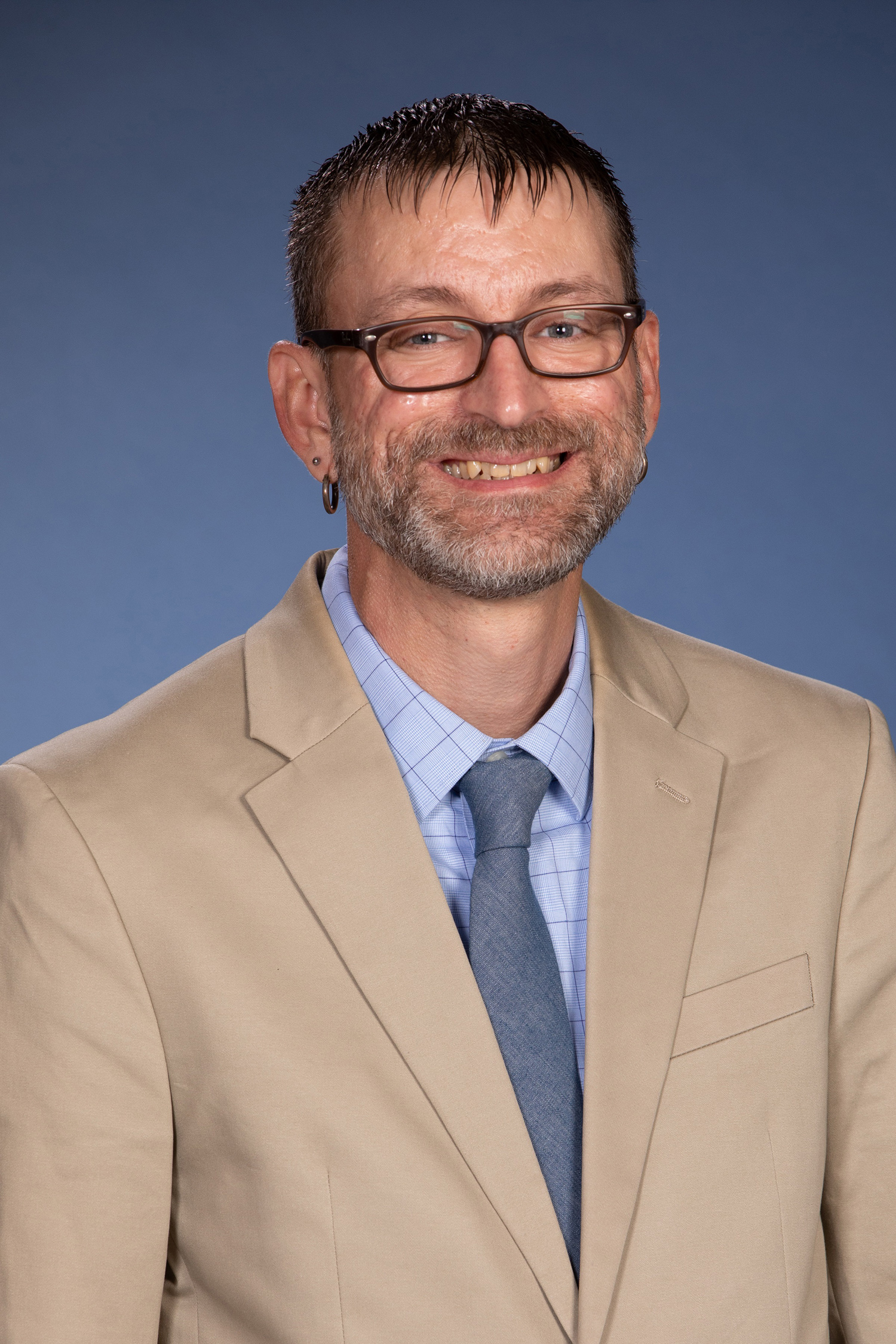
Joshua Koenig did undergraduate work at Southern Illinois University Edwardsville, where he majored in anthropology and German. He continued graduate work at Southern Illinois University Edwardsville, moving into the field of public history. He earned a Master’s degree in history with a focus in public history, and a graduate certificate in museum studies with a focus in curation and museum administration. In 2003, he began working on his doctoral degree, and received a PhD in history from Western Michigan University. Dr. Koenig's dissertation historical areas of specialization lie within public history, historic preservation, museum studies, American environmental history, and 19th and 20th century American social and cultural history with a regional focus on the American West. He has significant training in cultural resources management, digital humanities, oral history, Native American history, and ethnohistory.
Currently, he is an Assistant Professor of History in the Department of History and Political Science at Worcester State University (WSU). Additionally, he is the Chair of the Environmental and Sustainability Studies Program at WSU. Prior to WSU, he held faculty positions at Western Michigan University and Ferris State University. He teaches undergraduate and graduate courses in American history, public history and historic preservation, environmental history, American art and architectural history, and the history of the American West.
Dr. Koenig has more than 20 years of public history experience; specifically, in the fields of museum studies and historic preservation. His research interests focus on public perceptions, preservation and representation of American history; specifically, within the history of the American West. He built a career upon integrating his research and public engagement, while working with diverse communities. As a public historian, he focuses on how museums and other historical institutions and sites present their stories to the public. Dr. Koenig is particularly interested in what each institution presents as history; what stories they include and exclude. His research interests center on public engagement with American history, specifically examining public perceptions, preservation, and representation of American history.
What led you to your field?
I have always been interested in the preservation of the material past. Through my graduate training, I was awarded several internships and fellowships that introduced me to a variety of preservation fields and methods. Additionally, I was fortunate to study under some really amazing scholars and mentors who are leaders in the field of public history; specifically, Dr. Anne Valk (SIUE), and Dr. Kristin Szylvian, and Dr. Michael Chiarappa (WMU). Through my graduate work I had numerous opportunities to work on a number of preservation projects. From there, I became actively involved in historic preservation at local, regional, and national levels. Throughout my career I have participated in numerous preservation efforts, served as the chair of the Kalamazoo Historic Preservation Commission for two consecutive terms, and currently serve on the Board of Directors for the Massachusetts History Alliance.
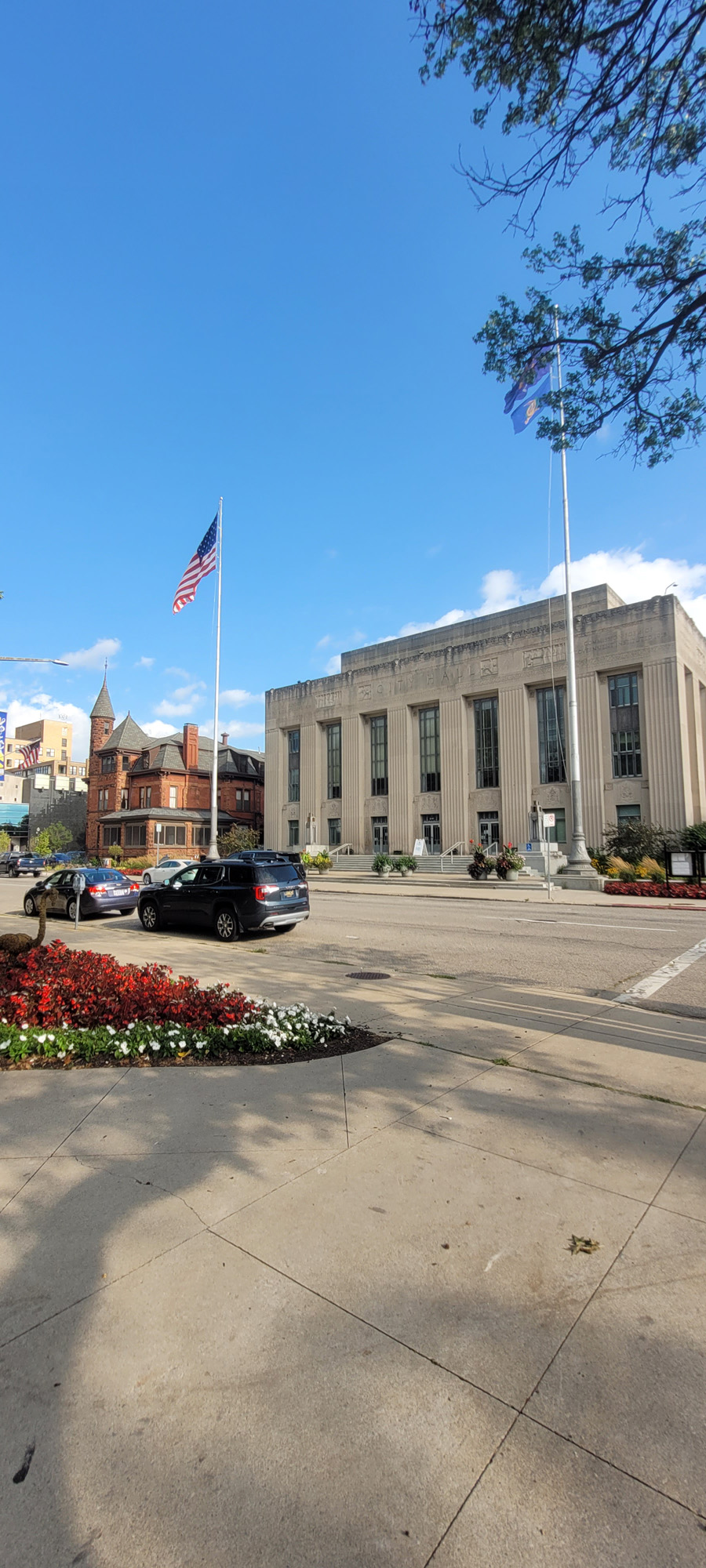
How does what you do relate to historic preservation?
I work in the field of historic preservation in a number of capacities. First, as a university educator, I directly train future public historians and historic preservationists. At Worcester State University, I currently teach undergraduate and graduate courses in public history, historic preservation, museum studies, American art and architectural history, public history administration and grant writing, and other related topics. By its very nature, public history is a hands-on discipline, and training within the field not only encourages, but requires an element of experiential learning. In the majority of my classes I design semester projects around real-world applications and experiences. It is my goal to provide students with an opportunity to create projects that have real applications and uses in the field of Public History. This not only provides them with opportunities to work in the field and gain experiences in professional settings, but to also create a body of work that they can carry with them throughout their careers. It provides them with working experience and knowledge before they complete their college careers and begin their professions.
Additionally, as a scholar and practitioner, my research and scholarship both directly and indirectly relates to historic preservation. Over my career I have been involved with numerous community-driven preservation projects. Additionally, several of my own research projects are situated in the field of historic preservation.
Finally, throughout my career I have served as the Chair of the Kalamazoo Historic Preservation Commission, and on the Board of Directors for the Massachusetts History Alliance. In both cases, I have helped guide and advise on preservation efforts at local and regional levels.
Why do you think historic preservation matters?
Historic preservation is a multi-faceted field that preserves our past in a sustainable way. It enables us to be good stewards of the built and natural environments so that we may, as stated by the Brundtland Commission, “meet the needs of the present without compromising the ability of future generations to meet their own needs.” Historic preservation is a key component of environmental sustainability. Its methods and practices preserve physical remnants of the past, our history, our regional culture, our diversity, all while promoting innovation and economic development in a variety of ways. It promotes tourism, enhances quality of life, builds economic value in communities, and provides continuity by connecting the past to the present and linking to our future.
What courses do you recommend for students interested in this field?
Any student interested in the field of historic preservation should take introductory courses on historic preservation and architectural history. Courses on cultural landscapes, social history, and preservation techniques are also key components to a student’s coursework. An introduction to public history would also be a wise choice. From there, I think it depends on the student’s interests. For many students, it would be very helpful to take coursework in nonprofit management, urban planning, grant writing, and public administration. Courses in preservation and environmental law would also be useful. Any student interested in conservation would be wise to take coursework in material analysis, the historic skilled trades (window repair, masonry, etc.) as well as chemistry. Others may want to focus on 3-D Visualization, GIS, and historic documentation. So, it all depends on the student’s goals and areas of interest. However, courses in the fundamentals of historic preservation, and architectural history are vital, in my opinion. Finally, I highly recommend that students take part in some type of internship. I think that experiential learning is an essential component of a student’s training. It is vital that they receive some hands-on training, so I cannot stress enough the importance of some type of internship or practicum.
Do you have a favorite preservation project? What about it made it special?
My favorite preservation project is a project two of my other colleagues and I worked on a few years ago titled, Digadohi: Lands, Cherokee, and the Trail of Tears. The documentary project centered on the Snelson-Brinker cabin, located near Steelville, in Crawford County, Missouri. It was built by Levi Lane Snelson in 1834, as a one-story, double-pen log cabin. It was the oldest surviving structure in the county. The home is a site of contested history.
The Snelsons founded the region’s iron works and went on to establish the steel industry in the area. In this light, the site tells the story of American progress.
Levi sold part of his farm and the cabin to John Brinker in 1837. From there, the Brinkers brought in enslaved peoples to work the land. So, it became a working plantation. Enslaved peoples worked and died there. Later, the Brinkers were staunch supports of the Confederacy. It’s also linked to one of two instances in the state where a slave was granted due process. In 1837, one of the white children was murdered, and the accused slave was granted due process and the case went to the state court. So, for the African American community it is a site of forced labor, and bondage.
Finally, it was a stop on the Trail of Tears. The Cannon detachment stopped there for several weeks on their way to Indian Territory on the Trail of Tears. Cherokee died and are buried there. For them, it’s a site of forced removal and genocide.
On July 4, 2017, the house fell victim to arson. This is at a time when the nation is trying to figure out what to do with its monuments…contextualize, tear down, etc.
In this case, the Missouri Humanities Council, the regional community, and the Cherokee Nation came together and decided they wanted to preserve and learn from the site. We partnered with the MHC and the Cherokee Nation to tell the story of the site, the story of Cherokee removal, and chronicle the investigative and preservation efforts for the site. The project was released by PBS in 2020. https://www.pbs.org/video/digadohi-lands-cherokee-and-the-trail-of-tears-tsdojy/
Can you tell us what you are working on right now?
Currently, I am working on a monograph related to the Snelson-Brinker cabin and the preservation project. I am looking at the region’s history through the lens of the built environment. In discussing the cabin’s story, the project seeks to explore a larger regional history.
In terms of direct preservation work, I am currently working with the city of Worcester to identify ongoing preservation needs and develop the next semester project for my historic preservation students.
How do you think the national historic preservation programs help your community?
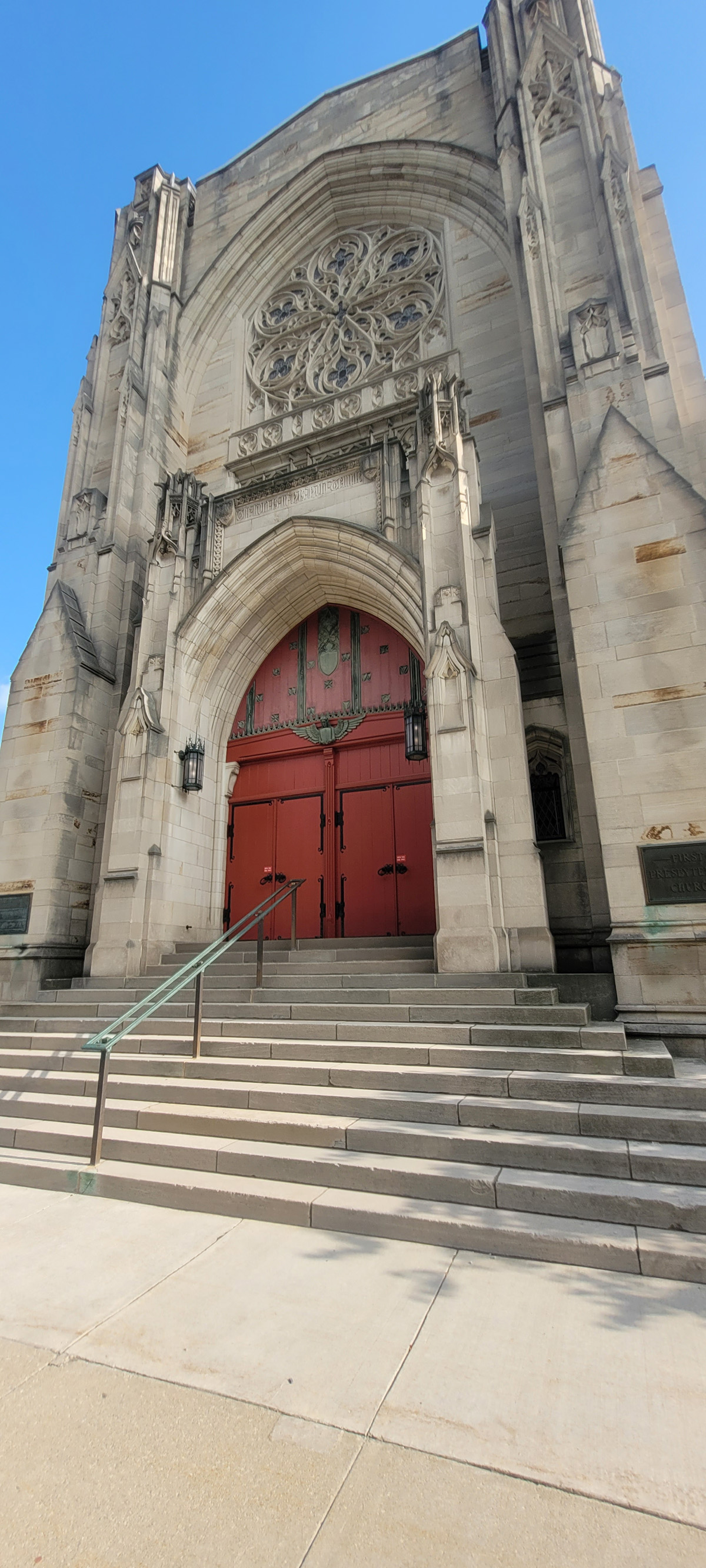
Both in Worcester and Kalamazoo, my communities have benefitted in a number of ways. The city leadership (preservation coordinators/directors, etc.) have received professional training under programs led by the NPS and the ACHP. Both cities have received local, state, and federal grants to promote preservation efforts and programs, and conduct preservation projects. Finally, the cities have benefitted from national programs designed to educate the public on the importance of historic preservation.
Do you have advice for novice preservationists?
Preservation occurs on all levels. Anyone can be a preservationist. While the National Historic Preservation Act provides a framework and guidelines for conducting preservation in the United States, preservation occurs outside of its authority as well. So, anyone can be a preservationist. With that said, there are plenty of examples of “bad” preservation as well. My advice to anyone who wants to begin preserving a structure would be to do their research. The NPS has published a large number of briefs and bulletins that provide guidance on all matters related to preservation. Read up on the guidelines and consult the local or state preservation board. My advice for those who want to enter into the historic preservation profession would be to do the same thing. Gain some background understanding and knowledge of the field (read the publications and possibly take some coursework) and contact their local preservation board. I would suggest volunteering with a local preservation nonprofit or join the local preservation commission. Background knowledge and hands-on experience are both vital for starting a career in historic preservation.
The ACHP’s mission is “preserving America’s heritage;” can you give us an example of how your community is preserving its heritage?
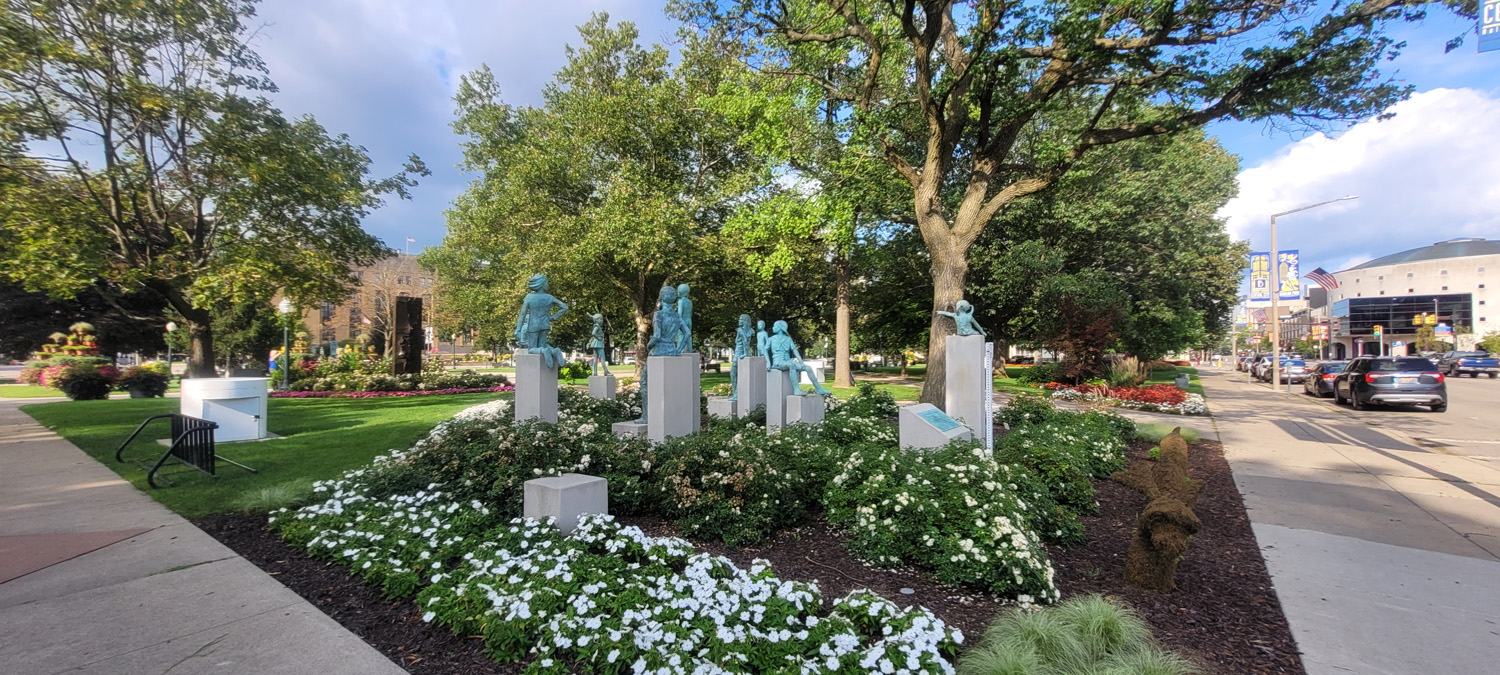
Both the cities of Kalamazoo, Michigan, and Worcester, Massachusetts, have gone to great lengths to preserve America’s heritage throughout their communities. Currently, there are six local historic districts, 11 single resource historic districts and numerous historically significant structures in the city of Kalamazoo, and three historic districts and more than 600 significant historic sites in the city of Worcester. Both cities have supported major rehabilitation projects and significant tourism initiatives. Additionally, both cities have worked to preserve both their regional characteristics and local history. They promote the preservation of aesthetic diversity and the unique cultural histories of their city’s diverse population. For example, in Kalamazoo, there are several sites and structures that don’t meet the criteria required for National Register designation. However, those sites are still important aspects of America’s cultural heritage and history. The city is working to develop a historic designation program to highlight and recognize the city’s important cites and events in context with America’s history and heritage.
What steps does the commission take to raise public awareness about the importance of historic preservation? Are there any educational programs or initiatives in place to engage the community?
Over the years, the Kalamazoo Historic Preservation Commission has developed a number of initiatives to raise public awareness and promote historic preservation education. For example, the HPC leads workshops (The Old Home Owners Workshops) designed to teach homeowners how to preserve and restore their historic homes. Similarly, each year the Historic Preservation Commission recognizes people, projects, and organizations with an outstanding commitment to historic preservation. Historic Preservation Awards of Merit are announced each May to commemorate National Historic Preservation Month.
Can you provide an overview of the city’s historic preservation commission and its role in preserving the city's cultural heritage?
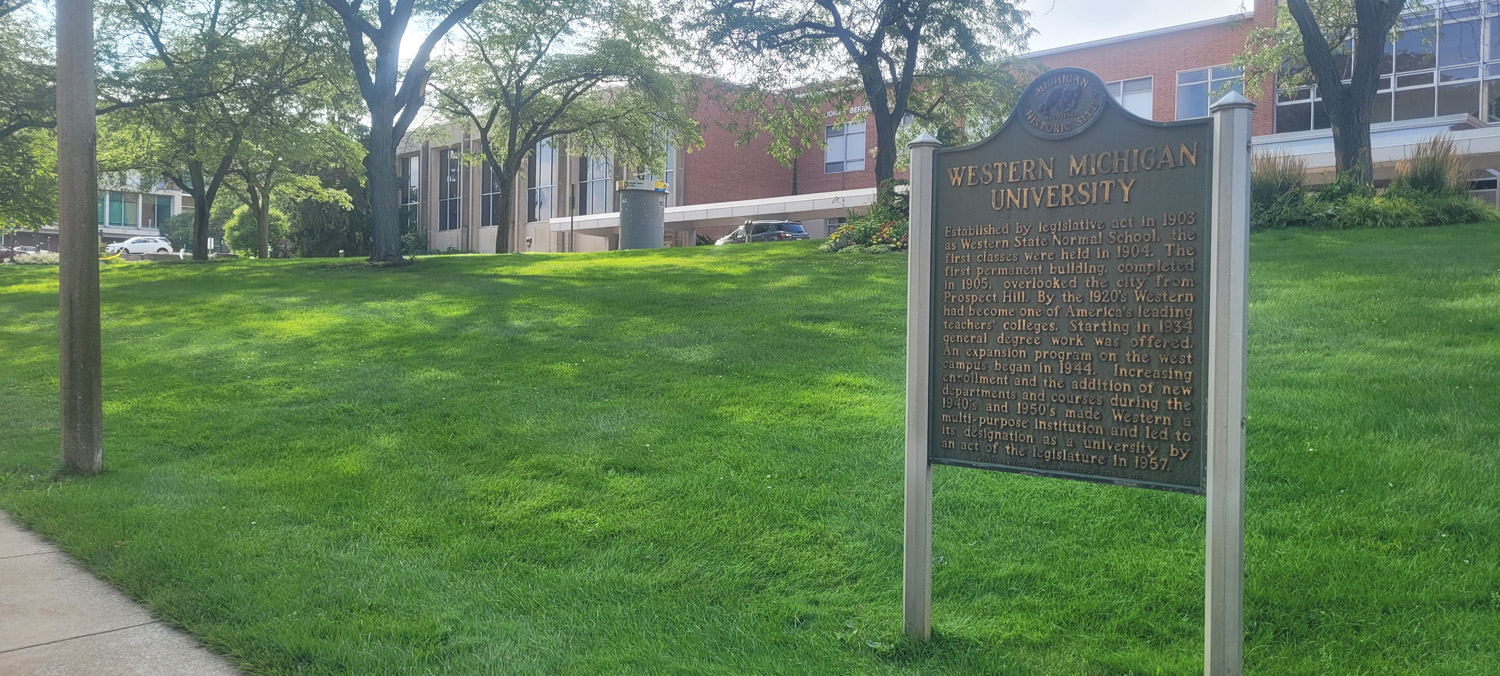
The city of Kalamazoo, Michigan, has two preservation commissions: the Historic Preservation Commission, and the Historic District Commission. The Historic Preservation Commission advises the City Commission on historic preservation issues, such as the establishment of historic districts or landmarks and their nomination to the National Register of Historic Places or the state register. The HPC encourages and promotes historic preservation through publications, education, programs, the collection of historical materials, and the identification of historical resources which warrant preservation. The Historic District Commission is the required committee under the guidelines of the National Historic Preservation Act. The commission conducts design review hearings in a quasi-judicial capacity to decide issues relating to the enforcement of the Historic District ordinance and to permit, within standards established by the ordinance, exceptions to strict compliance with the terms of the ordinance in recognized historic districts and as applied to designated landmarks.
Read more Q&A stories about the Preservationists in Your Neighborhood!